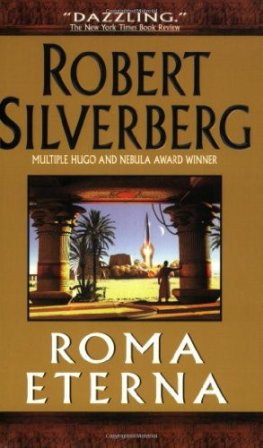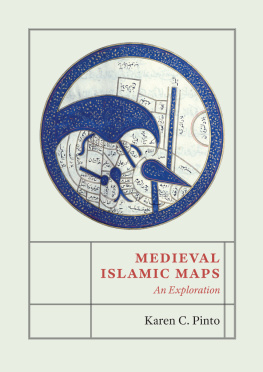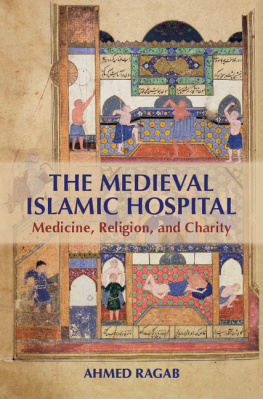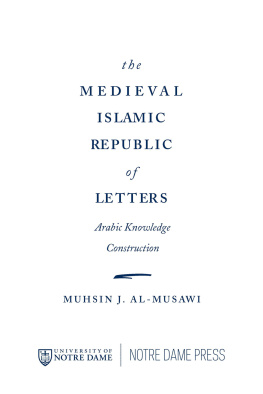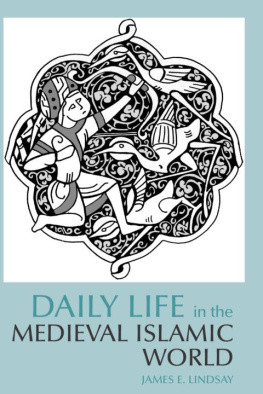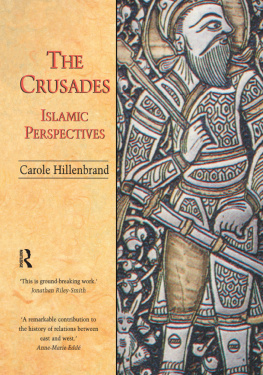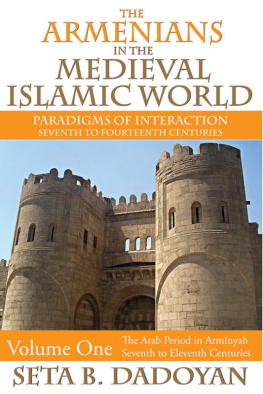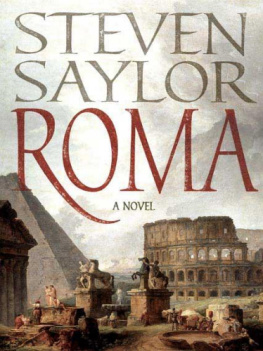Roma in the Medieval Islamic World
The Early and Medieval Islamic World
Published in collaboration with the Society for the Medieval Mediterranean
As recent scholarship resoundingly attests, the medieval Mediterranean and Middle East bore witness to a prolonged period of flourishing intellectual and cultural diversity. Seeking to contribute to this evermore nuanced and contextual picture, The Early and Medieval Islamic World book series promotes innovative research on the period 5001500 AD with the Islamic world, as it ebbed and flowed from Marrakesh to Palermo and Cairo to Kabul, as the central pivot. Thematic focus within this remit is broad, from the cultural and social to the political and economic, with preference given to studies of societies and cultures from a sociohistorical perspective. It will foster a community of unique voices on the medieval Islamic world, shining light into its lesser-studied corners.
Series Editor
Professor Roy Mottahedeh, Harvard University
Advisors
Professor Amira Bennison, University of Cambridge
Professor Farhad Daftary, Institute of Ismaili Studies
Professor Simon Doubleday, Hofstra University
Professor Frank Griffel, Yale University
Professor Remke Kruk, Leiden University
Professor Beatrice Manz, Tufts University
Dr Bernard OKane, American University in Cairo
Professor Andrew Peacock, University of St Andrews
Dr Yossef Rapoport, Queen Mary University of London
New and Forthcoming Titles
Cross Veneration in the Medieval Islamic World: Christian Identity and Practice under Muslim Rule , Charles Tieszen (Fuller Theological Seminary/Simpson University)
Power and Knowledge in Medieval Islam: Shii and Sunni Encounters in Baghdad , Tariq al-Jamil (Swarthmore College)
The Eastern Frontier: Limits of Empire in Late Antique and Early Medieval Central Asia , Robert Haug (University of Cincinnati)
Writing History in the Medieval Islamic World: The Value of Chronicles as Archives , Fozia Bora (University of Leeds)
Narrating Muslim Sicily: War and Peace in the Medieval Mediterranean World , William Granara (Harvard University)
Gender and Succession in Medieval Islam: Bilateral Descent and the Legacy of Fatima , Alyssa Gabbay (The University of North Carolina at Greensboro)
Music and Musicians in the Medieval Islamicate World: A Social History , Lisa Nielson (Case Western Reserve University, Cleveland, USA)
Roma in the Medieval Islamic World: Literacy, Culture, and Migration , Kristina Richardson (Queens College, City University of New York)
Roma in the Medieval Islamic World
Literacy, Culture, and Migration
Kristina Richardson
Contents
Figures
Scene outside the house of the king of the Ssni beggars |
The Red King |
The Red King |
Aries constellation |
Portrait of Sultan Murad III with bulhn97 |
Ex libris of King Ferdinand II and Queen Isabella of Spain |
Blockprint of the Spanish royal coat of arms |
Blockprinted amulet. Counterclockwise from upper left |
Blockprinted Arabic amulet and lead case |
Blockprinted Arabic amulet |
Saint Dorothy |
Saint Sebastian |
Fahrendes Volk (Metz Unmuss) |
Tables
Key Sources on the Premodern Ghurab16 |
The Kitb al-bulhn and Its Offshoots |
Cataloging Arabic Blockprints at the Metropolitan Museum of Art |
Inspiration for this book came in late 2014, while I was a fellow at the Institut fr Arabistik und Islamwissenschaft at the University of Mnster. I held that post from 2012 to 2014, where I worked with Professor Thomas Bauer, who warmly welcomed me into his weekly Arabic seminar. There, I had the honor of reading and learning alongside the most capable and kind Arabists I have ever met: Syrinx van Hees, Hakan zkan, Anke Osigus, Andreas Herdt, Nefeli Papoutsakis, and Rana Siblini. Many of them were engaged with an edition of the poetry collection of Ibrhm al-Mimr, a fascinating Mamluk author who figures centrally in Chapter 3. I never would have learned so much about him were it not for the work of Thomas, Hakan, and Anke.
From 2014 to 2015 the Annemarie Schimmel Kolleg at the University of Bonn provided another intellectual home. Under the guidance of Stephan Conermann and Bethany Walker, I began to understand the vast scope of my project. Grateful for our weekly seminars, intellectual discussion, and brilliant workshops, I was able to shape this project as I have.
During my 201718 sabbatical, I spent the fall semester at the University of Munich, where I had the pleasure to earn the moral and scholarly support of Helga Rebhan, Andreas Kaplony and Teresa Bernheimer. While living in Munich near the Benedictine monastery St. Bonifaces Abbey, I became aware that the community had Christian Arabic manuscripts. A librarian at St. Bonifaces directed me to their affiliated monastery in Andechs, a site of pilgrimage since the twelfth century. One intrepid morning, Boris Liebrenz met me and my daughter Cecilia in Munich, and the three of us ventured to Andechs on a manuscript pilgrimage. We were refused entry into the library, to my daughters relief, but the visit was not a total wash. The experience helped me appreciate the autonomy and isolation of monastic communities and the reverence that approaching the cloister on foot could inspire. That days excursion led to some of the books main arguments about the medieval transfer of print technologies. Warmest gratitude goes to Boris, who has offered endless support (along with welcome challenges) to my theories and project; I am so grateful for his friendship, patience, intelligent commentary, and hospitality over the years.
Back in New York City, my home institution of Queens College has consistently supported my work with approvals of fellowship leaves and an internal Mellon Foundation award. The CUNY Graduate Center Committee on Globalization and Social Change helped hone my discussions on the stakes of this research. I owe gratitude to Gary Wilder, Joan Wallach Scott, Mandana Limbert, Susan Buck-Morss, Duncan Faherty, and Barbara Naddeo, whose comments helped shape the Introduction. Two grants from the National Endowment of the Humanitiesa 2019 summer stipend and a 2020 awardpermitted the time and space to complete this manuscript.
I am equally grateful for the informal conversations over coffees and beers with the Leipzig-based anthropologists Bernhard Streck and Olaf Gnther. The book also benefited greatly from conversations with Beth Baron, Susan Boynton, Gottfried Hagen, Rob Haug, Stefan Heidemann, Daniel Kaufman, Lulu Reinhardt, Karl Schaefer, Martin Schwartz, the late Satadru Sen, Jens Ulff-Mller, and Torsten Wollina. Students in my history seminars on History of the Roma and Printing Before Gutenberg heard these arguments develop over time, and I really appreciated their engagement with and even resistance to so many new ideas.





